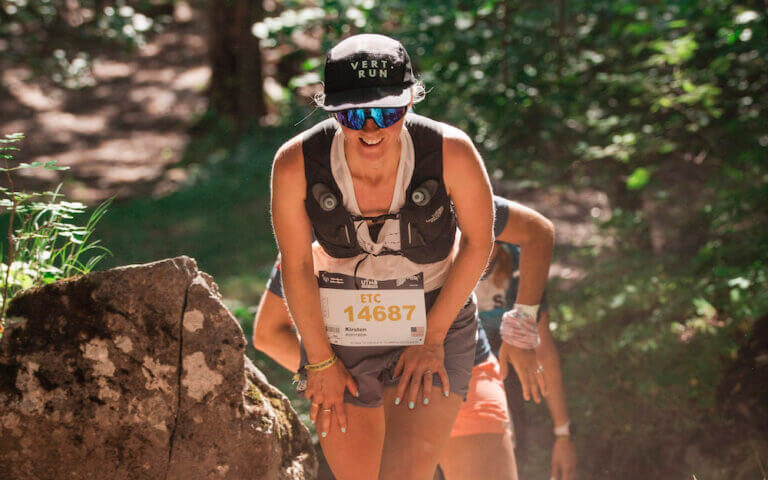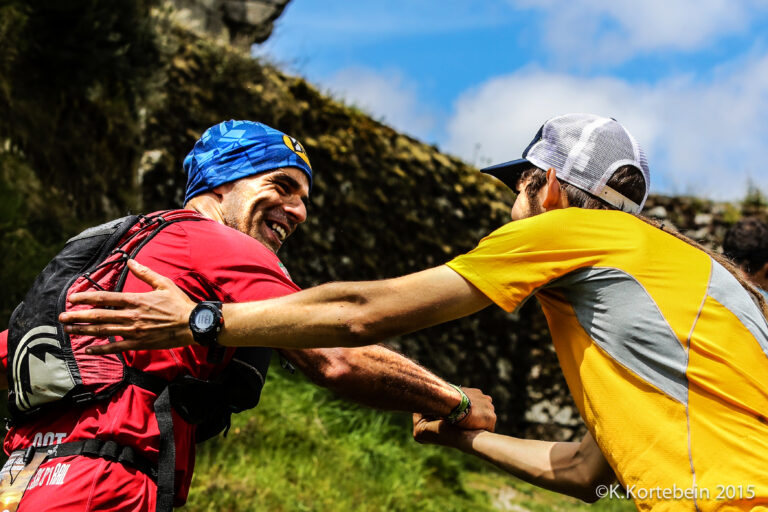In this post, we’ll go through everything you need to know about one of the most classic types of running workout. From short, road races to long, mountain ultras, there’s one type of workout that seems to pop up in every training plan: the fartlek.
Have you ever heard of fartleks? Maybe they ring a bell from high school track workouts, or maybe they’re already a part of your training routine. Even if you haven’t heard them called “fartleks” exactly, but we’re sure that you’ve definitely done them. (Ever done a quick sprint to make it across the road during a run before the light turns red? Voila.)
Basically, a fartlek–which is actually named so because of the Swedish words for “speed” and “play,” like a “speed game”—is a workout during which you change your speed multiple times throughout a run. Practically speaking, a fartlek means that you’ll start by running at a consistent speed (usually a medium-high speed) and you’ll try to keep it up for a specific period of time. Then, you’ll slow down the pace for a couple minutes (or seconds, depending on your training) of recovery before returning to your original speed. That’s a fartlek.
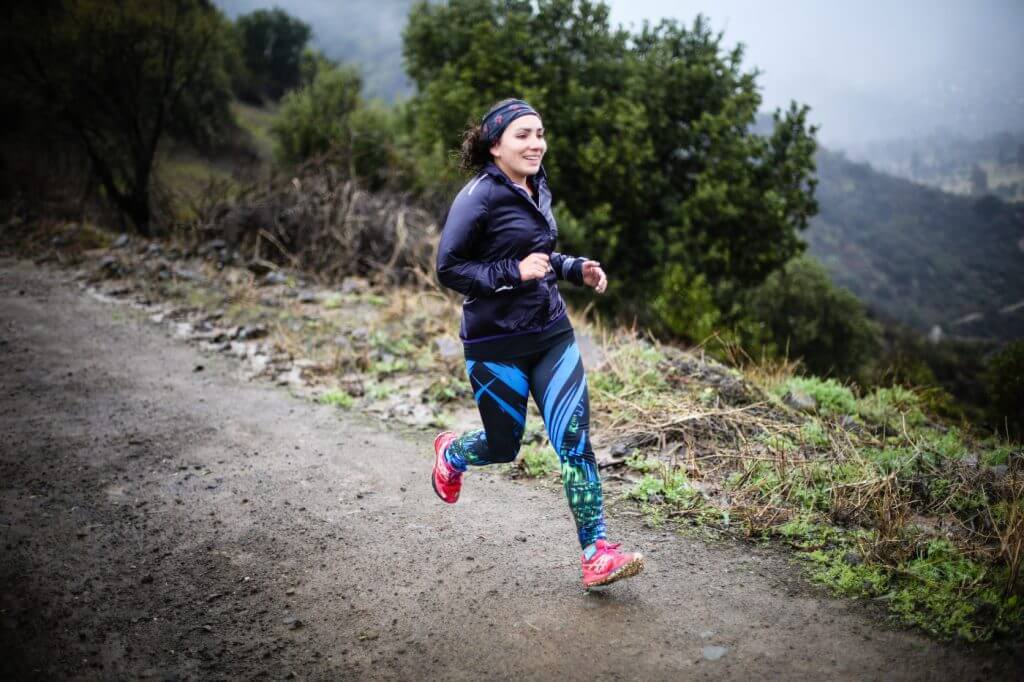
Doing a fartlek might sound easy because it sounds simple–but it’s harder in practice than it is in theory. Depending on the duration and structure of your training, doing fartleks might be one of the most demanding workouts you’ll do during your training block…so don’t underestimate them.
When you’re assigned fartleks in your training plan, they’ll always come with very specific guidelines regarding the duration of each rhythm change, and the intensity with which you should do each fartlek. You’ll also be told how long to recover between each fartlek. Sometimes, fartleks can be done in pyramid-style: you’ll start with short fartleks, and then slowly build up their duration until you’re doing long fartleks, and then work your way back down with shorter ones.
A pro tip: if you have a GPS watch that allows you to upload your trainings, you can pre-load your watch with the fartlek times/guidelines so that you don’t have to memorize everything. If you don’t have a watch like this, no worries–just use a pen or marker to write the series of fartlek times on your hand before you head out for your run.
Vert.run – smart training plans for smart trail runners. Start training with our FREE plans today.
Why are fartleks important? And why do we do them, even though they’re hard? How do they benefit us for mountain races since they’re just sprints on flat ground? In no particular order, here’s why:
- Because they help us develop our ability to recover between quick intervals
- Because quick changes in speed allow us to work on our aerobic and anaerobic thresholds
- Because they stimulate our muscular fibers (our slow-twitch fibers as well as our fast-twitch fibers), which teaches our bodies to adapt to different situations…which makes us stronger
- Because by changing our speed during fartleks, we significantly improve our resistance (mentally and physically.)
What do you think? That’s good enough for us! So, how do we use fartleks specifically in trail running training?
For trail runners, fartleks could almost be considered more useful than for road runners. During trail races, we face a lot more changes in terrain, conditions, and distance than most road races present.
The changes in terrain and conditions that we encounter during trail races are often abrupt, which means that we’ve got to be able to quickly adjust our power output and develop our mental strength to keep moving forward in changing conditions.
A classic example of this is when we have uphill climbs during trail runs (or races.) When we’re going uphill, we’re demanding a lot of our legs and lungs. Then, we use the downhill (or flat section) to recover…before hitting another demanding uphill. Does that flow sound familiar?
It’s because of all of this that fartleks are worth doing. They can be a huge help in preparing for your next race–that’s why we assign them frequently in our training plans.
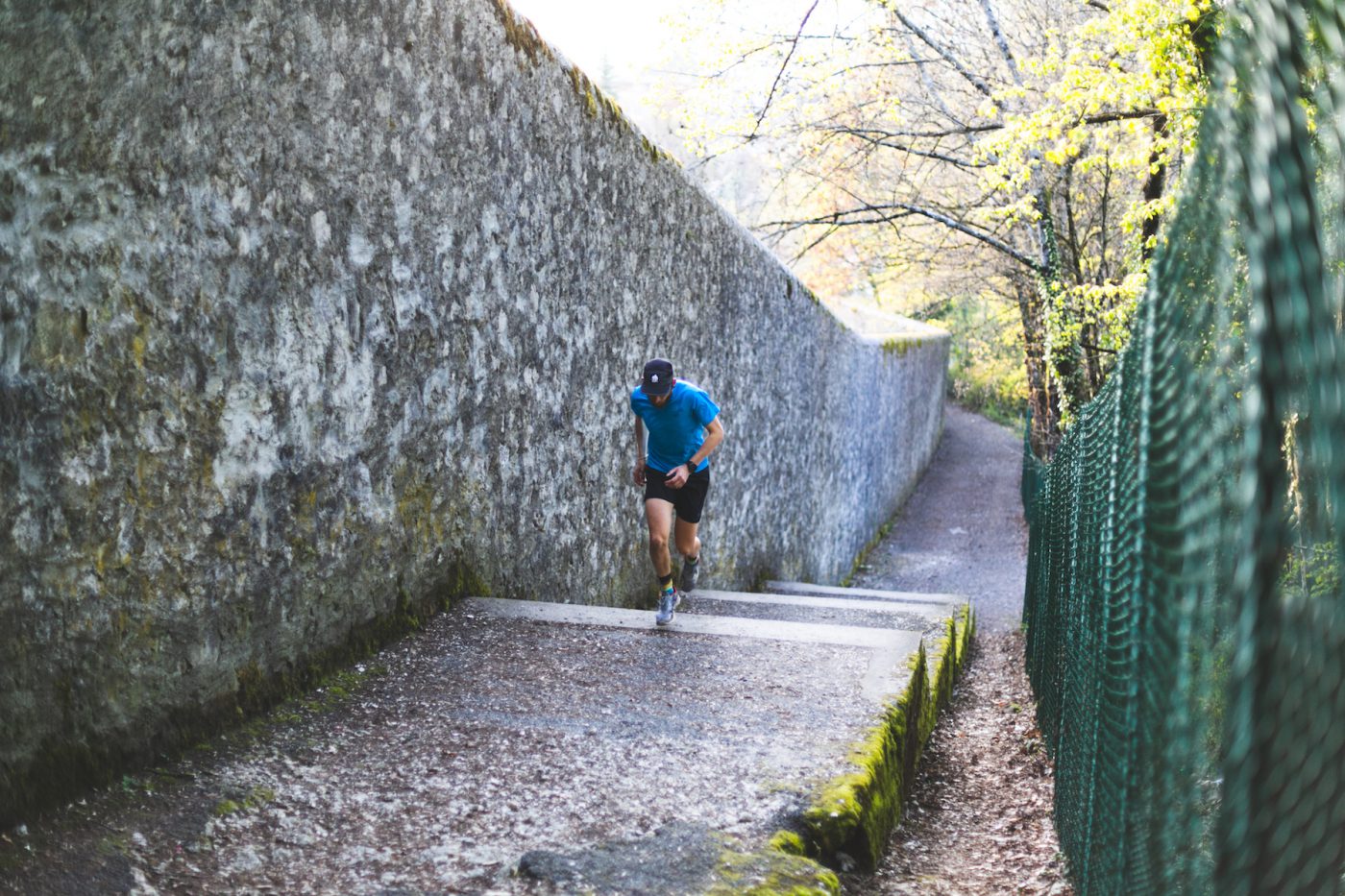
Here’s some general advice for how to do a fartlek:
Whenever you see fartleks assigned in your week of training, it’s important that you start them feeling as fresh and well-rested as you can. Doing so will help you maximize the benefits from the fartleks. Never underestimate how much energy a fartlek workout will require; sometimes even the most simple-looking trainings end up taking a lot of energy, so it’s important to respect the rest required before doing fartleks.
Always try to eat something (even if it’s something small) 1-1.5 hours before doing your fartlek workout. This will give your body the energy reserves it needs to take you through the full workout.
Along the same lines, it’s also a good idea to take a gel with you during your fartleks so that you can keep up your energy levels. Same goes for staying hydrated.
Always do a good warmup before starting your fartlek workout. Jog for at least 15-20 minutes at an easy pace to make sure that your legs are loose and ready to handle the training.
The same goes for cooling down: after finishing your fartlek workout, jog or walk for at least 10-15 minutes para loosen up your legs after the intense training that you’ve done. Never finish a fartlek session without cooling down. Taking a few minutes to cool down correctly allows your body to “unwind,” which is part of preventing injury.
When it comes to choosing where to do your fartleks, don’t put too much thought into it. The most important part of this training is the changes in rhythm that you’ll be doing, so try to keep the terrain simple. Especially if you’re new to fartleks, don’t try to do them on a trail or hill; it’s best to focus just on the fartleks. A great place for these types of workouts is a park, football field, empty parking lot, etc. If you’re a fartlek veteren, you can also use trails or inclines.
Finish your next race feeling AWESOME.
If you do choose to do your fartleks on a trail, make sure that you pick one without technical terrain. The last thing you need to worry about during the middle of an intense fartlek is tripping on a root or rock–so, choose smooth trail if you do so.
If you already feel über-comfortable with fartleks and decide to do them on a hill, make sure that you’re very familiar with your perceived effort and understand your body. You can use both uphill and downhill for fartleks, but make sure to be listening to your perceived effort when “measuring” your fartlek–not your rhythm or speed.
Obviously, doing a fartlek on flat terrain will be a lot faster than doing one on an incline–so keep this in mind.
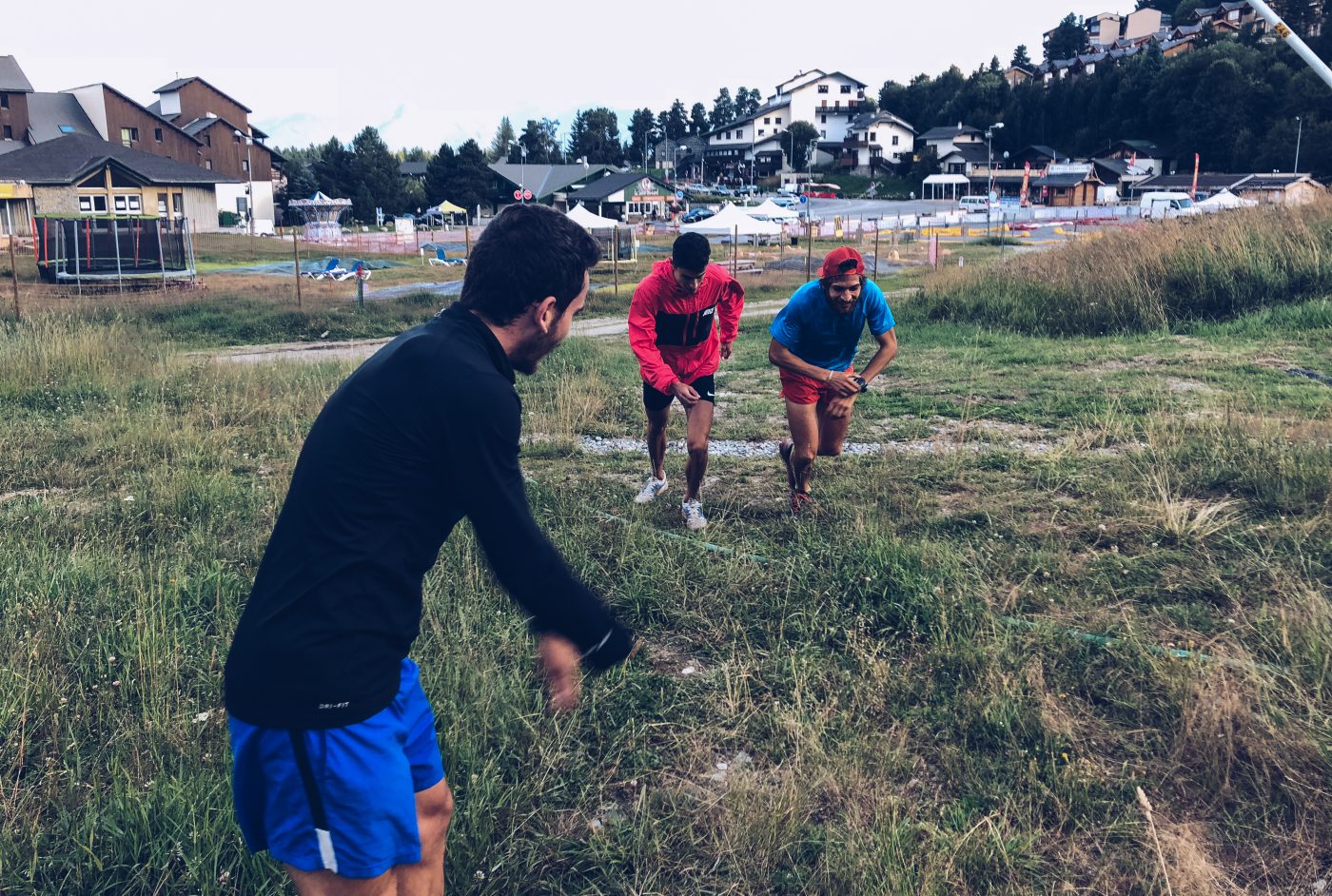
Final recommendations:
If you’re just starting out with fartleks, it’s best to choose a flat, non-technical place to do them. Over time, you can start varying the terrain–but it’s best to keep it simple in the beginning.
If you already have a lot of experience doing fartleks, and you decide to do them in the mountains or on a trail, try to mix up the incline. Do some on uphills, some on downhills, and some on flat trail. This will generate a good variety of stimulation throughout your training, and you’ll be able to work on additional skills like accelerating and decelerating on hills.
Another good idea is to look at the elevation profile of your upcoming race, and try to replicate a portion of it during your fartlek training. This will help your mind and body prepare for the difficult sections of your race.
Finally, and most importantly, don’t put too much pressure on yourself when it comes to fartleks. Don’t feel bad or be hard on yourself if you’re not able to do all your fartleks, if you’re not able to do them as well as you did them last week, or if you’re just feeling tired one day. The most important thing to do is to stay consistent in your trainings, and to listen to your body.




